Tutorials


Connective tech – Tutorial, Ep 1: Technical integration in the cloud – enabling media workflows that work
Interview


ISE 2025 – Spiro Plagakis: “They like that they’re able to use a combination of broadcast and proAV equipment easily”
Interview


ISE 2025: Kari Eythorsson explores innovations in software services to create and provide content
IBC Show VOD

Zattoo launches a powerful suite of tools to power the next generation of global streaming services
Opinion





.jpg)
.jpg)








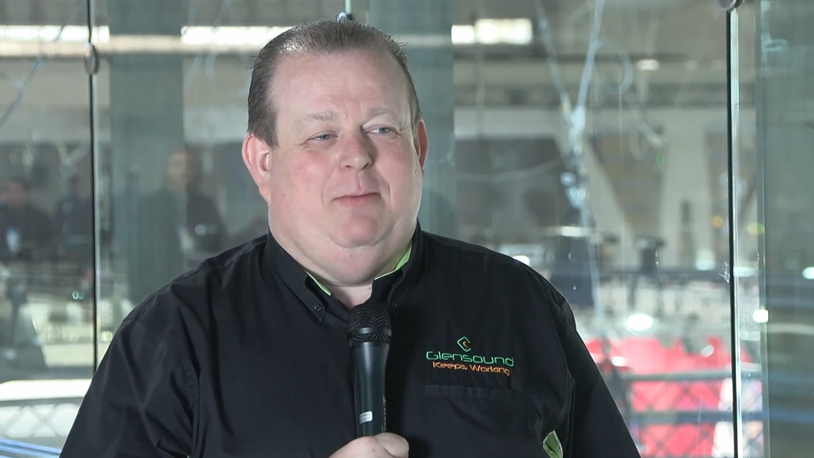



.jpg)











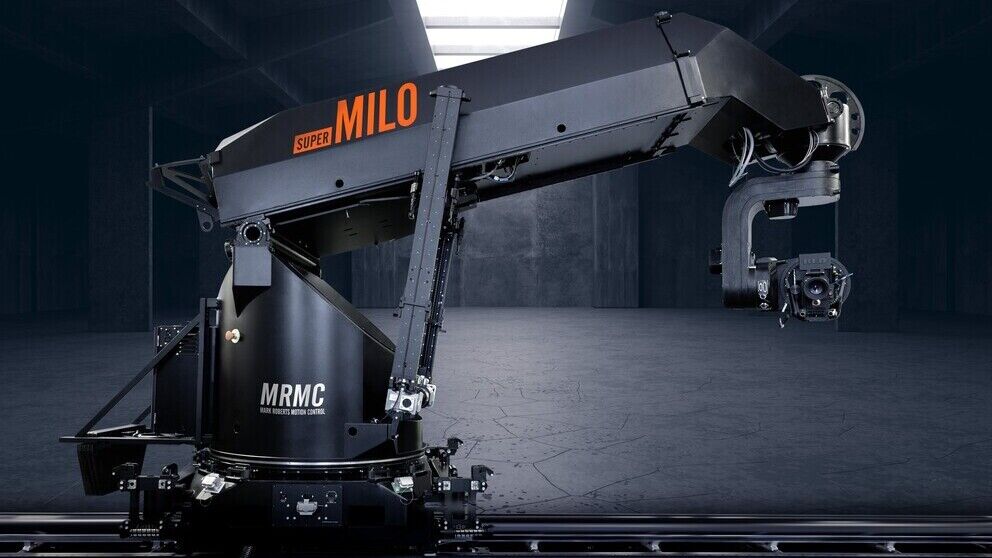

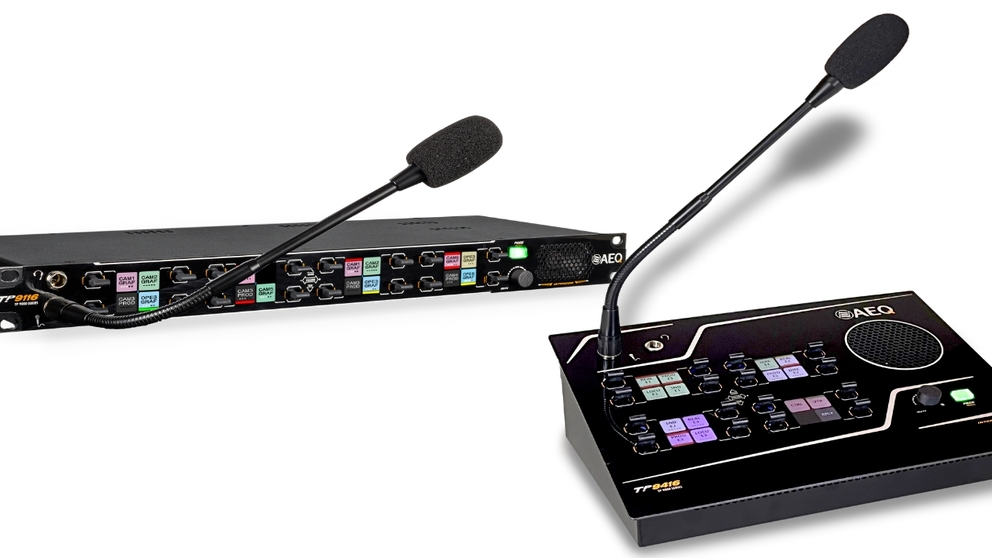









.jpg)